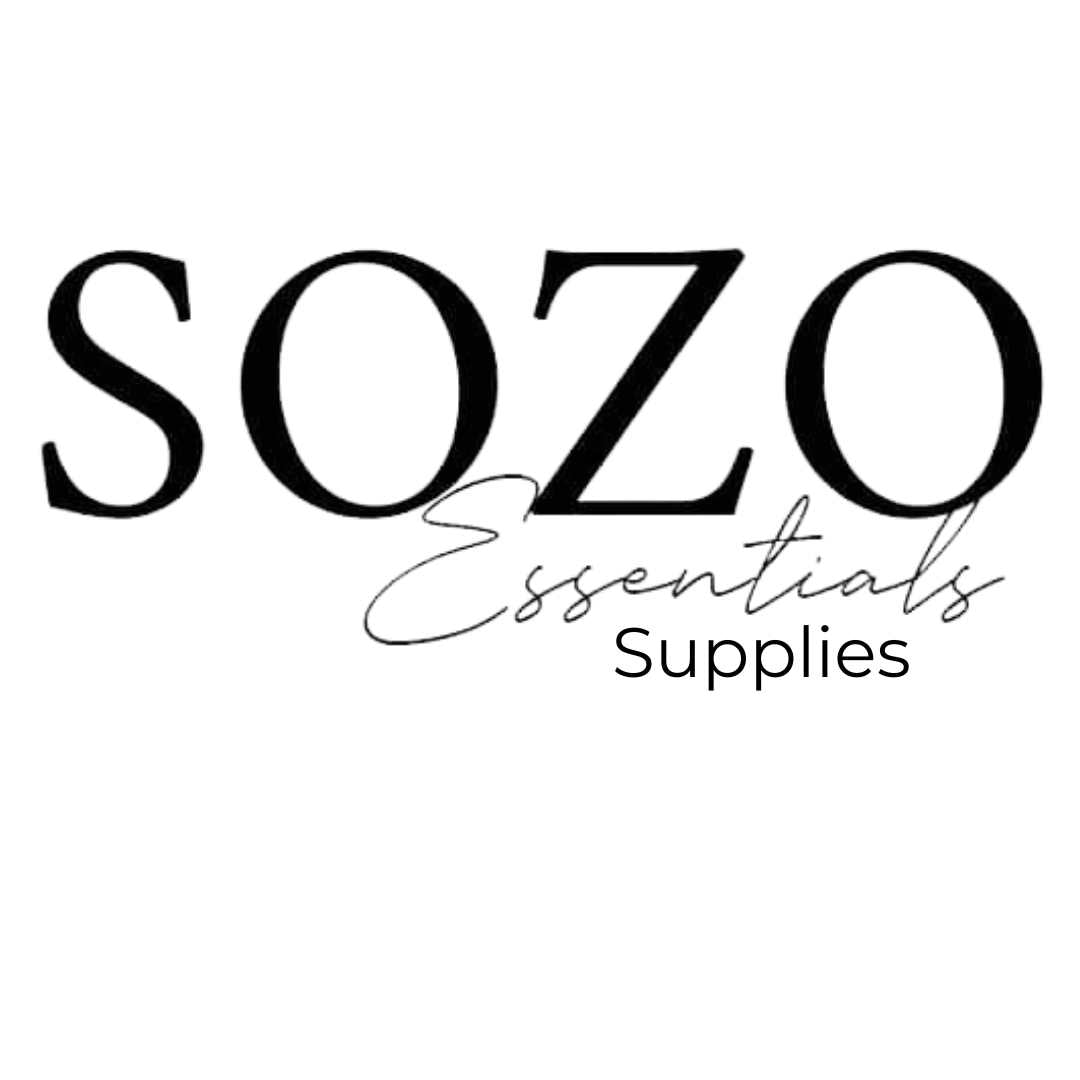One of the most critical aspects of running a successful handmade business is pricing your products effectively. Finding the right balance between profitability and market competitiveness is essential for sustainable growth. In this comprehensive guide, we will walk you through step-by-step strategies to help you price your handmade products with confidence. Let's dive in and discover the keys to setting prices that reflect the value of your craftsmanship while staying competitive in the market.
Step 1: Understand Your Costs Begin by understanding all the costs involved in creating your handmade products. This includes the cost of materials, overhead expenses (such as rent, utilities, and packaging), labor, and any additional fees or taxes. Calculate these costs accurately to have a clear understanding of the minimum price you need to cover your expenses and generate a profit.
Step 2: Research Your Market
Conduct thorough market research to gain insights into pricing trends within your niche. Analyze the prices of similar handmade products in your target market. Consider factors such as quality, craftsmanship, uniqueness, and brand reputation when comparing prices. This research will help you identify a competitive price range for your products.
Step 3: Determine Your Value Proposition
Assess the unique value that your handmade products offer to customers. Consider the craftsmanship, attention to detail, exclusivity, and overall experience of owning your creations. Identify the aspects that set your products apart from competitors and determine how they contribute to the perceived value for customers.
Step 4: Calculate Your Desired Profit Margin
Decide on a reasonable profit margin that aligns with your business goals. Consider factors such as the level of demand for your products, the level of competition, and the scalability of your business. Aim for a profit margin that allows you to reinvest in your business, cover overhead expenses, and compensate yourself fairly for your time and expertise.
Step 5: Experiment with Pricing Strategies
Consider employing various pricing strategies to find the optimal approach for your handmade products. Some common strategies include:
a) Cost-Plus Pricing: Add a predetermined percentage or fixed amount to your total costs to calculate the selling price.
b) Competitive Pricing: Set your prices to match or slightly undercut your direct competitors while maintaining profitability.
c) Value-Based Pricing: Price your products based on the unique value they offer to customers, taking into account their willingness to pay for craftsmanship, exclusivity, or other benefits.
Step 6: Test and Adjust
It's essential to test your pricing strategies and monitor their impact on sales and profitability. Start with a price within your determined range and assess customer response. Collect feedback, track sales data, and analyze your financials to evaluate the effectiveness of your pricing strategy. Be open to making adjustments based on market feedback and your business goals.
Step 7: Communicate the Value
Effectively communicate the value of your handmade products to customers. Highlight the quality, craftsmanship, and unique features that set your creations apart. Share your brand story and the passion that goes into each item. Educate customers about the value they receive by investing in your handmade products.
Step 8: Monitor the Market and Adjust Accordingly
Stay up-to-date with market trends, changes in customer preferences, and shifts in production costs. Regularly reassess your pricing strategy to ensure it remains competitive and profitable. Be adaptable and willing to make pricing adjustments as needed to maintain your business's long-term sustainability.
Pricing your handmade products is a delicate balance between profitability and market competitiveness. By following these step-by-step strategies, you are equipped with the knowledge and tools to set prices that reflect the value of your craftsmanship while appealing to your target market. Remember, pricing is not set in stone, and it requires ongoing evaluation and adjustment to adapt to market dynamics.
For more help and strategies visit our website www.legacy-boss.com

